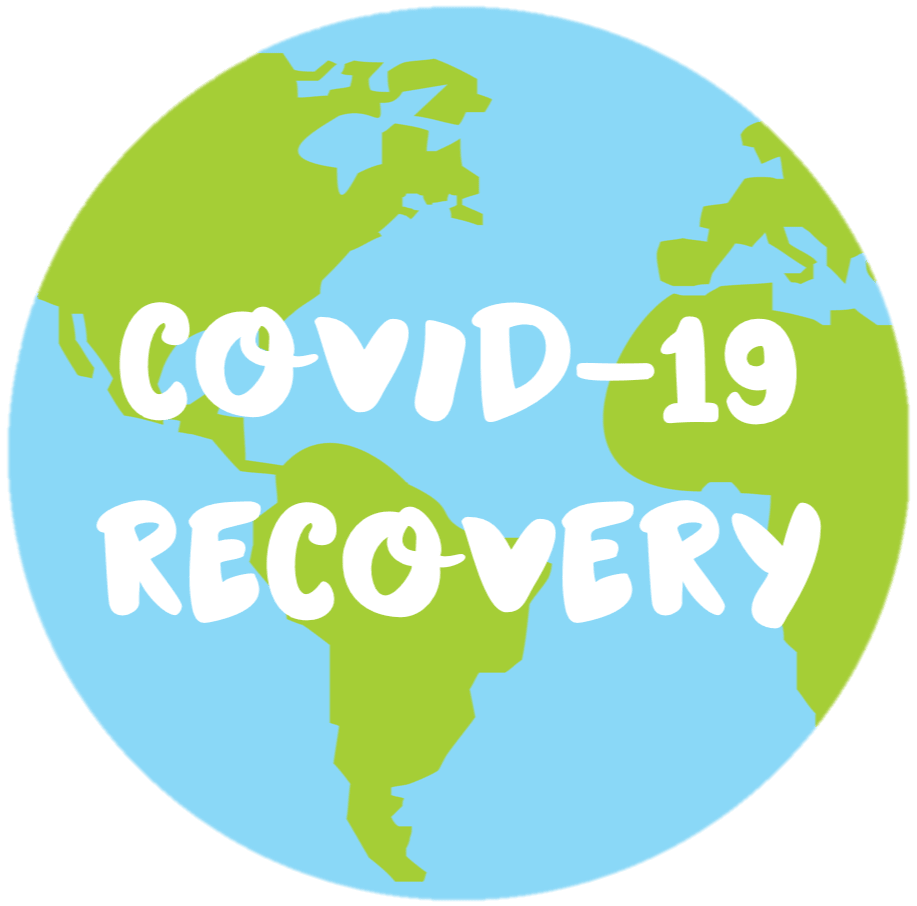Vaccines - Where Are They Now?
As we move into the second half of 2020, researchers and pharmaceutical companies are hoping to be producing and distributing COVID-19 vaccines as early as September. In this week’s post we will be taking a look at two of the leading vaccine candidates in terms of how they work, their clinical trial progress, and when they are planning to be distributed.
This post will be referring to different phases of clinical trials - for more information on the purpose and importance of each phase, please read our past blog post:
Understanding Clinical Trials.
1. ChAdOx1 nCoV-19 Vaccine
Location of Development: Oxford, United Kingdom
Progress: Phase I/II vaccine trials underway and phase II/III trials recruiting participants
Distribution Timeline (if successful): End of 2020, Early 2021
How does it work?
The Jenner Institute at the University of Oxford is currently working on the ChAdOx1 nCoV-19 vaccine - a recombinant vaccine using chimpanzee adenovirus vaccine vector and the genetic sequence specific to a protein found on the SARS-CoV-2 virus.
The chimpanzee adenovirus vaccine vector was chosen due to its proven ability to generate strong immune responses in individuals, and is modified so that it is unable to cause disease.
In addition, these viral vectors have been well studied and have shown to be safe for use in individuals of all ages: from 1 week to 90 years of age.
This vector will carry the genetic sequence that is specific to a protein found on the surface of the SARS-CoV-2 virus, which will allow the body to recognize the viral particles and create a specific immune response to them.
For more information, refer to the infographic on the right.
How is the vaccine progressing and when can we expect distribution?
Phase I trials began on 23 April 2020 and phase I/II clinical trials are still taking place in multiple locations across the United Kingdom including Bristol, London, Southampton, and the Thames Valley Area. With promising pre-clinical data in animal models and smooth progress in phase I trials, the institute is recruiting for phase II/III trials which will serve to determine the protective effects of the vaccine in healthy individuals as well as its efficacy in producing safe and effective immune responses.
The phase II/III trial will consist of 10,000 participants from the United Kingdom, 30,000 participants from the United States, and most recently, the addition of a possible 2,000 participants from Brazil. Results from this trial could take up to 6 months to be released but researchers claim data will be updated as quickly as possible.
Should the vaccine prove successful in decreasing instances of viral infections, the University has already signed an agreement with pharmaceutical company AstraZeneca to produce and distribute 400 million doses of the vaccine by the end of 2020, and has secured funding and the manufacturing ability for a total of 2 billion doses of the Oxford vaccine.
2. mRNA-1273
Location of Development: Massachusetts, United States
Progress: Phase I/II vaccine trials underway and phase III trials recruiting participants
Distribution Timeline (if successful): Beginning of 2021
How does it work?
Moderna Inc, in collaboration with the NIAID (National Institute for Allergies and Infectious Diseases) and BARDA (the US Biomedical Advanced Research and Development Authority), are working on the mRNA vaccine called mRNA-1273 - a vaccine which contains the genetic data of a specific SARS-CoV-2 viral protein.
The chosen genetic data came from a spike protein, found on the surface of the SARS-CoV-2 virus, and exposes the body’s immune system to the specific viral protein. Through this direct exposure, the body is prompted to generate an immune response to the protein by creating antibodies that can recognize and target the intruding virus.
For more information on how this type of vaccine works, check out this post under the tab ‘Subunit Vaccines”.
How is the vaccine progressing and when can we expect distribution?
On 16 March 2020, Moderna began their first phase I clinical trial in Seattle, USA, and multiple phase I/II trials are still underway in Atlanta, Georgia, Kansas, Missouri, and more. Due to early successes in phase I trials, the company released interim data on the vaccine’s safety and efficacy in producing SARS-CoV-2 neutralizing antibodies on 18 May 2020. In addition, as of mid-May 2020, Moderna received Fast Track designation from the FDA for trials of the mRNA-1273 vaccine.
Phase III trials are currently recruiting and are expected to begin in July 2020 with around 30,000 participants. The goal of this trial will be to observe the vaccine’s effectiveness in preventing symptomatic COVID-19 disease and the prevention of infection by SARS-CoV-2 virus. Patients will be given appropriate dosage levels based on the optimal safe dosage found in results from the phase I study.
Should the trial prove successful in reducing infections of the SARS-CoV-2 virus, Moderna has already come to an agreement with Lonza, a Swiss chemical and biotechnological company, to produce and distribute a minimum of 500 million doses per year beginning in 2021. Should enough funding be provided, the company hopes to possibly increase that number to up to 1 billion doses per year.
Journal Sources:
https://www.biorxiv.org/content/10.1101/2020.05.13.093195v1?fbclid=IwAR2ly0BXGvBUd4puzK4HoLraRa7b8QX674wsDqtDOWit-JW2eJziZipE6lU
Media Sources:
https://covid19vaccinetrial.co.uk/oxford-trial-site-brazil
https://covid19vaccinetrial.co.uk/phase-iiiii-trial-explained
https://edition.cnn.com/2020/06/05/investing/astrazeneca-vaccine-coronavirus/index.html
https://www.modernatx.com/modernas-work-potential-vaccine-against-covid-19
https://investors.modernatx.com/news-releases/news-release-details/moderna-advances-late-stage-development-its-vaccine-mrna-1273
Image Sources:
https://www.gettyimages.ca/photos/coronavirus-vaccine?mediatype=photography&phrase=coronavirus%20vaccine&sort=mostpopular
https://www.ovg.ox.ac.uk/news/covid-19-vaccine-development
https://www.fdanews.com/articles/197183-modernas-covid-19-vaccine-shows-promise-in-early-trial-results
https://www.modernatx.com/modernas-work-potential-vaccine-against-covid-19




